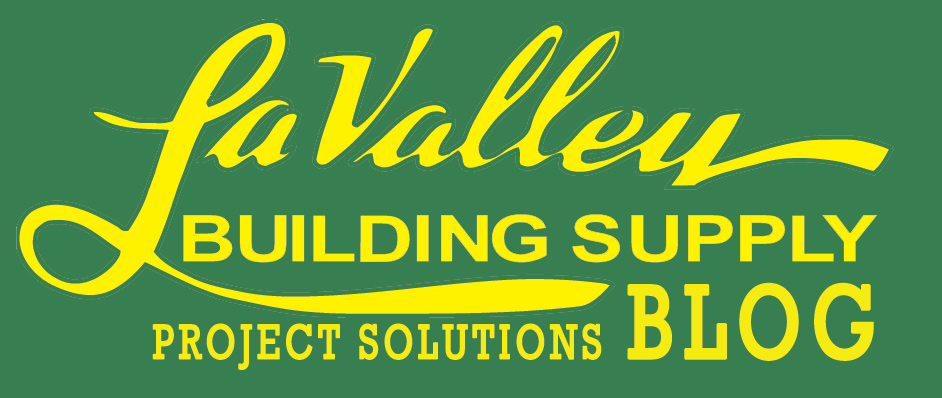
If you’re in the market for building a new home then you may have stumbled across the terms “prefabricated” or “modular”. In the world of construction, prefabrication is a more logistically-savvy alternative to traditional stick-built construction.
Rather than hauling piles of raw materials to a jobsite, prefabricated building components (wall panels, trusses, floors, etc.) are manufactured in a climate-controlled factory and are subsequently transported to the jobsite for final assembly. Modular buildings follow the same process, in that they are constructed in a factory. However, modular buildings are built in multiple self-contained sections, like building blocks, before going to the jobsite. All modular buildings are considered prefabs. However, not all prefabs are considered to be modular.

Prefabrication can create any type of building that stick-built construction can, and usually in a lot less time! Since the components are pre-built, the job is essentially half completed by the time they arrive at the jobsite. Less time is spent on-site, which helps avoid weather delays and weather damage to materials. This allows contractors to complete more projects in less time and allows homebuyers to move-in sooner. In fact, according to the Structural Building Components Association (SBCA), the same building crew can erect 2 ½ more houses with prefabricated components versus with stick-built.
The first implementation of prefabricating buildings started in the early 1900s when home construction kits were available to purchase in Sears catalogs. These kits included precut wooden materials that were shipped to buyers for DIY assembly.
Modular prefab homes started to become popular during the housing market boom that occurred after WWII, when soldiers returned to the United States. To keep up with demand, homebuilders were looking for ways to maximize efficiency. This led suppliers to begin prefabricating entire homes in factories and sending them to jobsites. This streamlined the homebuilding process and allowed homes to be move-in ready much sooner.
Since component construction takes place in a controlled environment, manufacturers are able to use precision-cutting machinery to carry out the job and lessen waste. There is more foresight ahead of each project so that manufacturers can allocate the resources they need therefore greatly reducing leftover/wasted materials. Reduced waste also contributes to cost savings for the builder and homebuyer throughout the project timeline.

Having your home or other buildings on your property prefabricated not only saves a lot of time, but it is a lot more cost effective in the long-term. Contractors don’t need to be compensated for as much time per job, and less wood product is needed to complete construction. Also, since the prefab components are precision-built in a factory, gaps that allow energy to escape are much less likely to become a problem. This saves the homeowner money on energy bills in the long run.
The cost to build in more rural areas is also mitigated since there are less materials to bring to the jobsite. Prefab and modular components are easier to relocate and built durably to withstand the beating and banging of transportation. This extra durability is thanks to the precision-cutting machinery used during the manufacturing process.
Since raw materials are delivered, stored, and used in a controlled environment, the opportunities for customization are increased significantly. Adding and subtracting components as needed allows manufacturers to meet the needs of the customer in a logistically-efficient way. Homebuyers can often purchase a prebuilt/predesigned home, modify an existing design, or use their own custom floor plan. With prefab/modular homes, the possibilities are virtually endless! LaValley/Middleton offers many options for prefabricated buildings to benefit both homebuyers and contractors. LaValley’s prefab trusses, wall panels, and floor system factories in Newport, NH give contractors the ability to quickly frame housing for their homebuyers. Prefab at LaValley’s doesn’t end with just houses. Customizable garages and sheds are also available and have been a staple of our business for 60 years.

LaValley’s modular home facilities, Preferred Building Systems in Claremont NH, and New England Homes in Dover NH, provide homebuyers personalized design, consistent quality in construction, and a home that is move-in ready in as little as 6 months. Prefabrication is the most time and cost-efficient way to build your dream home!
Check out sources for this blog.
See more from the blog! Check out our latest posts…



